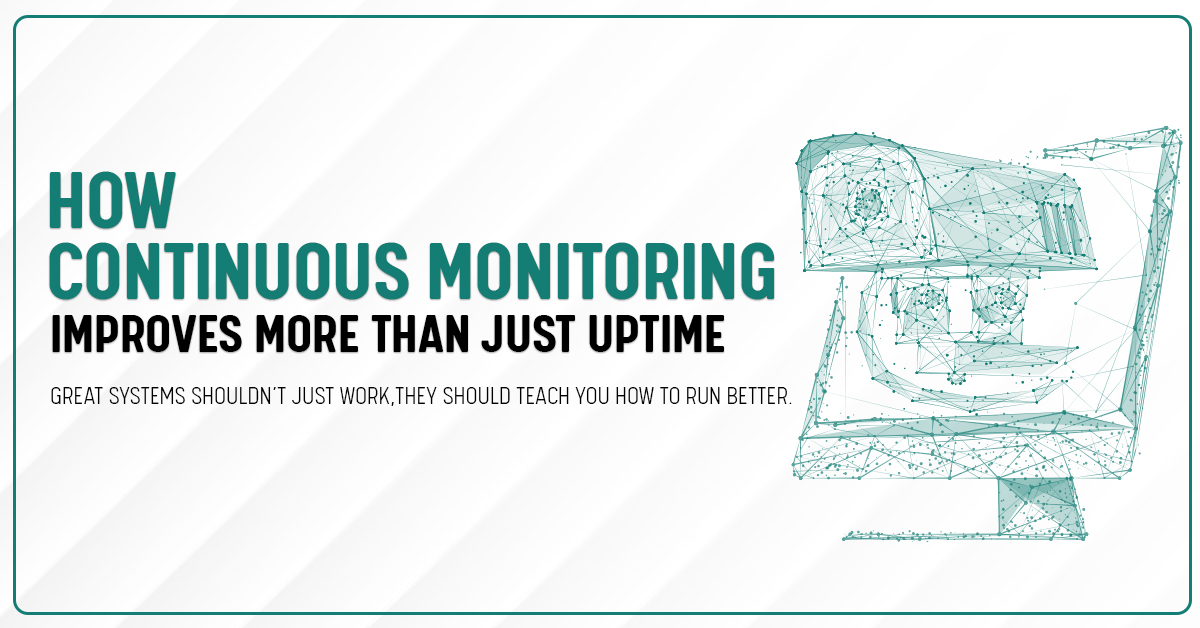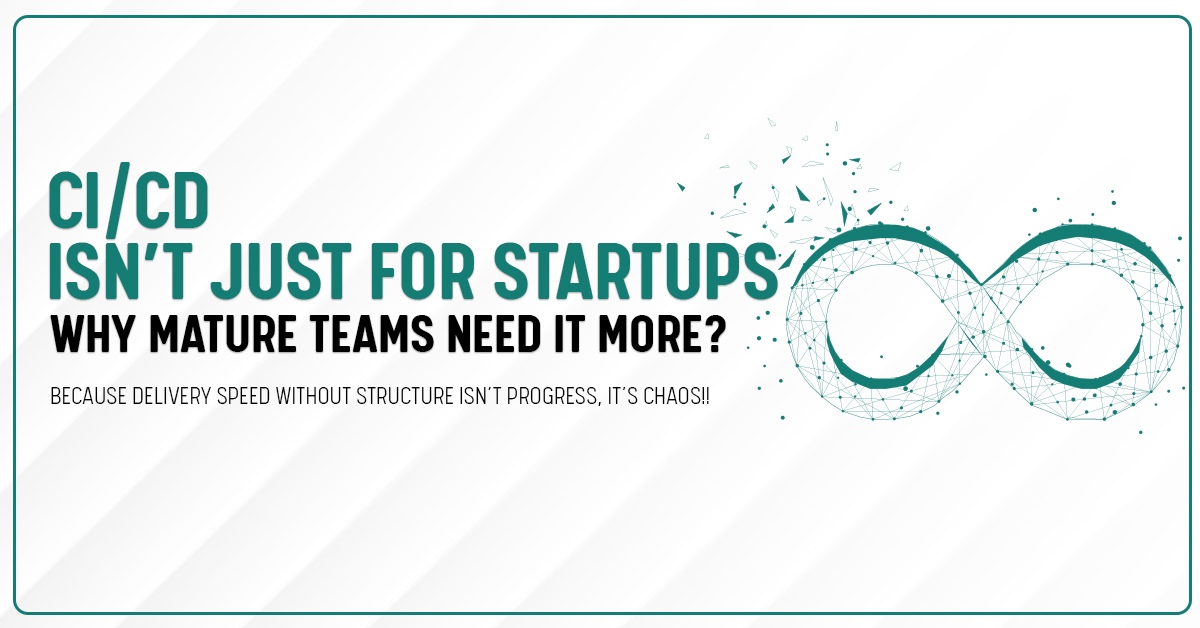Ever looked at your cloud bill and thought, Wait, how did we spend that much? You’re not alone. Cloud costs can sneak up fast, and if left unchecked, they can drain your IT budget before you even realize what’s happening.
But here’s the thing: cutting cloud costs doesn’t have to mean cutting performance. In fact, with the right strategies, you can optimize your cloud spending while keeping everything running smoothly—maybe even better than before. Let’s break it down.
Understand Where Your Money is Going
Before you start slashing costs, you need to figure out what’s actually costing you money. Most businesses overspend on cloud services simply because they don’t monitor usage properly.
What to do:
- Use AWS Cost Explorer, Azure Cost Management, or Google Cloud’s Pricing Calculator to analyze spending trends.
- Look at what services you’re actually using. Are there idle resources consuming money in the background?
- Check egress costs—moving data in the cloud is cheap, but moving it out can get expensive fast.
In 2023, a mid-sized SaaS company realized they were paying thousands for idle EC2 instances that hadn’t been used in months. After running an audit, they shut down unused resources and reduced their bill by 30 percent—without impacting performance.
Right-Size Your Resources
One of the biggest mistakes companies make is over-provisioning resources. It’s like renting a massive office space for a five-person team—you’re paying for way more than you need.
What to do:
- Use auto-scaling to adjust capacity based on real demand.
- Choose the right instance types. AWS and Azure offer different instance families optimized for specific workloads, such as compute-heavy or memory-heavy.
- Leverage spot instances and reserved instances. If you have predictable workloads, reserved instances can save you up to 75 percent compared to on-demand pricing.
Airbnb saved millions of dollars per year by shifting 90 percent of its computing workloads to AWS spot instances, which provide massive discounts on unused cloud capacity.
Optimize Storage Costs
Cloud storage is cheap—until it isn’t. Storing massive amounts of data in the wrong tier can skyrocket costs unnecessarily.
What to do:
- Move infrequently accessed data to lower-cost storage tiers, such as AWS S3 Glacier for long-term archiving.
- Enable automated lifecycle policies to transition data between tiers based on usage patterns.
- Deduplicate and compress data—why store ten copies of the same file?
A global media company reduced its cloud storage costs by 40 percent after implementing automatic tiering rules that pushed old video files to lower-cost storage options.
Avoid Unnecessary Data Transfer Costs
Moving data between regions or out of the cloud (egress costs) can be one of the biggest hidden expenses.
What to do:
- Keep data in the same region whenever possible.
- Use CloudFront or a CDN to cache frequently accessed data closer to users.
- Batch process data transfers instead of making frequent small requests.
A financial services firm reduced its monthly cloud bill by fifteen thousand dollars simply by restructuring its data flows to minimize inter-region transfers.
Automate Cost Controls and Alerts
Cloud costs shouldn’t surprise you at the end of the month. Automated cost controls can prevent unexpected spikes.
What to do:
- Set up budget alerts in AWS, Azure, or Google Cloud to get notified before overspending.
- Use auto-shutdown policies for non-production environments. There’s no need to pay for staging servers that sit idle overnight.
- Leverage cost anomaly detection tools to catch unexpected increases.
A growing startup set up automated shutdown rules for its development and test environments outside business hours. The result was 20 percent cost savings with zero impact on productivity.
Take Advantage of Free and Discounted Resources
Why pay for something when you can get it for free or at a discount?
What to do:
- Use free tiers. Many cloud services have generous free tier limits, such as AWS Lambda and Google Cloud Run.
- Look for enterprise discounts. If you’re a high-volume cloud user, negotiate volume discounts with AWS, Azure, or Google Cloud.
- Leverage cloud credits. AWS Activate, Google Startup Program, and Azure for Startups offer free cloud credits for new businesses.
A fintech startup bootstrapped its infrastructure for six months entirely on AWS and Google Cloud credits, saving tens of thousands of dollars before needing to pay out of pocket.
Final Thoughts: Cut Costs, Not Performance
Cutting cloud costs doesn’t mean cutting corners. By optimizing resources, automating savings, and using smarter storage strategies, businesses can reduce spending without sacrificing performance or reliability.
Want to optimize your cloud infrastructure without breaking the bank? VArrow Technologies specializes in cloud cost optimization strategies tailored to your needs.
Let’s talk: https://varrow.tech/contact/




